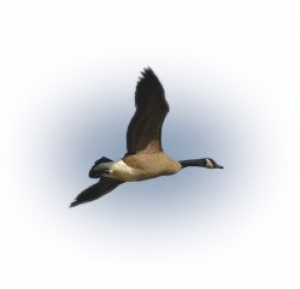Displaying items by tag: Shorebirds
Winter shorebird survey
Winter shorebird survey results at Lake Wairarapa
species counts.
is exceedingly unusual for this site. Red-billed gulls are extremely rare visitors to Lake Wairarapa, having been reported only a handful of times previously (11 birds in February 1948, “irregularly” between 1982-1983, 2 birds in April 1992 and 1 bird in February 2012).
Feral Goose
74
38
15
2174
years. A number of species appear to have increased in abundance over the intervening time, among them NZ dabchick, black shag, little black shag, little shag, black-fronted dotterel and black billed gull. A smaller number of species appeared to have declined in abundance over the same period, including SI pied oystercatcher, pied stilt and spur-winged plover.
1985-1994
2011-2014
to allow them to detect future changes and to re-examine the relationship between shorebird abundance and water levels). You might be interested to know the data from these surveys have recently been put to a variety of other
uses, including:
• To provide quantitative evidence in support of an application to have the Wairarapa Moana wetlands recognised as a “wetland of international importance” under the Ramsar Convention.
• To provide evidence to support the Wairarapa Moana Wetlands (together with
the Ruamahanga River) being listed as an “Important Bird Area” under Birdlife
International’s global IBA programme.
• To form part of our flood protection department’s programme for monitoring
the health of riverbed-dependent bird populations on rivers affected by flood
protection activities (large proportions of the regional populations of several riverbed-dependent bird species overwinter at Lake Wairarapa).
• To provide regional population estimates for a number of shorebird species used for the development of a regional threat classification system for birds of the Wellington Region.
• And lastly, data collected during these surveys are combined with data compiled from other key shorebird sites around NZ to provide estimates of the national population sizes of a number of NZ’s shorebird species. These national
population estimates are in turn put to a variety of uses, including a regular review of national threat classification rankings and ongoing monitoring of the population health of Arctic-breeding migrants using the East Asian/Australasian Flyway, a major avian migration route stretching from Alaska and Siberia in the north to NZ and Australia in the south.
Nikki McArthur
Environmental Scientist
Greater Wellington Regional Council
Farewell shorebirds
BirdLife Australia and thousands of people across Australia were invited to farewell Australia’s amazing Shorebirds during April/May.
Every year from late March onwards, thousands of birds leave the shores of Australia to embark on their arduous 10,000km journey northwards to their breeding grounds in Siberia and the Arctic.
To celebrate this incredible journey, BirdLife Australia launched a nationwide event, Farewell Shorebirds, focusing on the fascinating lives of some of the 35 species of shorebirds.
Farewell Shorebirds ran from mid-April until mid-May, concluding on World Migratory Bird Day (May 10). This campaign highlighted the story of the shorebirds’ annual global migration from Australia to the Arctic, and explores why the birds make this incredible journey and how they rely on Australia’s wetlands, coastlines and estuaries for their survival in the landscape.

